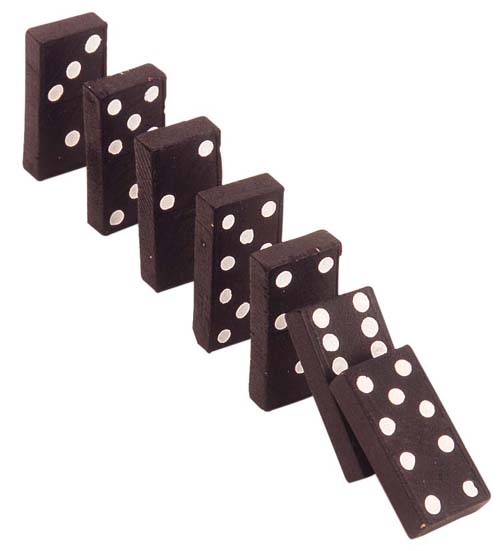Which Game should You Play: Margin vs Volume?
OK, let’s say you started a new business. Which is a better strategy:
A) Sell fewer products at higher prices? (Margin game)
B) Sell more products at lower prices? (Volume game)
C) Sell more products at higher prices (High margins and high volume)
Obviously C is the ideal case. But is it easier to reach there via route A or B?
What’s your answer?
Our favourite bald marketer argues for A. It’s easier to convert a small group of customers at a time. The higher margin buys you time while you improve your product and expand the market. At the same time, there are costs associated with reaching out to a huge group of customers.
Many will argue for B. Witness the number of new product launches with generous discounts. Lowering prices is the best way to attract the maximum number of new customers. Get the word out and the volume up, then increase the prices.
This is obviously too simplistic, so let’s analyse this further with the example of bamboo flooring in Singapore.
1. Familiarity of product
Bamboo flooring is a new product in Singapore, many people have not heard about or used this product before. A lot of effort goes into educating the market, and this is best done one-to-one.
Based on this, I would choose Option (A).
2. Price constraints
The cost of your product limits how cheaply you can price it. The prices of your competing products immediately places a constraint how much we can price bamboo flooring at. The two most popular flooring products here are laminate floors and teak parquet. Given that laminate floors are dirt cheap here, it would not make sense to fight based on price.
Again, it’s Option (A).
3. Ease and cost of distribution
Bamboo flooring is a bulky and heavy product, so transportation and storage costs are correspondingly higher. Bamboo flooring also require the skills of specialist hardwood floor installers.
Not surprisingly, Option (A).
So based on the 3 factors above, we should sell as a lower volume and higher margin product. Which is exactly what we have been doing (in Singapore. We also do international export trading, but that is a different story altogether).
Now contrast bamboo flooring to a software programme which could be downloaded from the Internet: It could be cheaply marketed to a wide market and transported at near to zero cost. This company chose Option (B) with excellent results.
So it’s not about which option is better. Rather, it’s about which option is better for your business.


